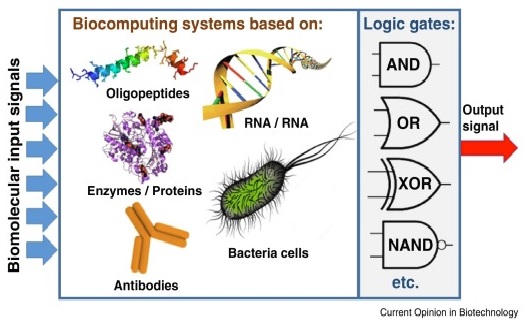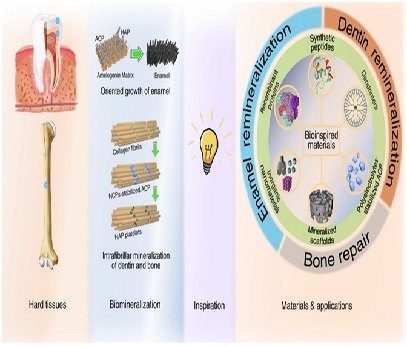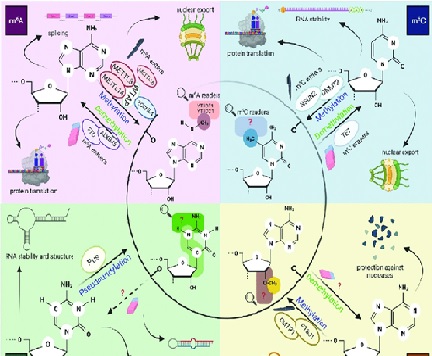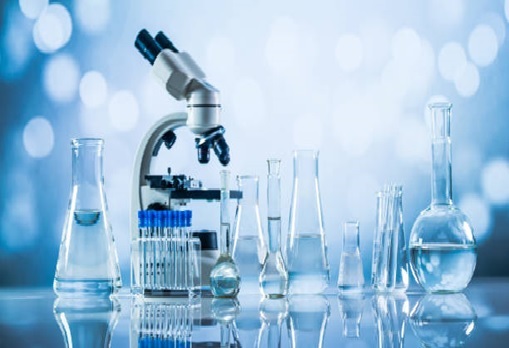Microbial Sensors
The development of microbial biosensors that can detect and respond to environmental signals or specific molecules, enabling the real-time monitoring and control of microbial communities.
Many types of microbial sensors have been developed as analytical tools since the first microbial sensor was studied by Karube et al. in 1977. The microbial sensor consists of a transducer and microbe as a sensing element. The characteristics of the microbial sensors are a complete contrast to those of enzyme sensors or immunosensors, which are highly specific for the substrates of interest, although the specificity of the microbial sensor has been improved by genetic modification of the microbe used as the sensing element. Microbial sensors have the advantages of tolerance to measuring conditions, a long lifetime, and cost performance, and also have the disadvantage of a long response time.[1]
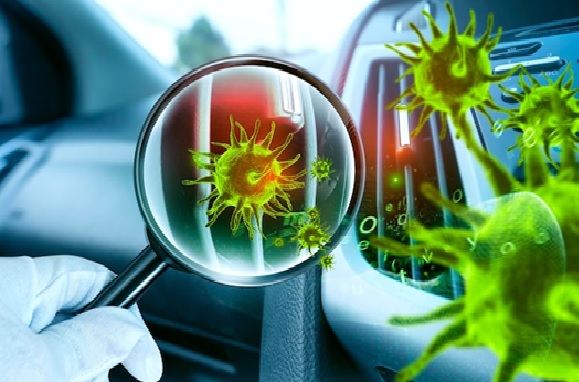
Figure .1 Microbial sensors
Figure 1 shows Microbial sensors are devices that use microorganisms to detect specific environmental signals or molecules. These sensors are based on the ability of microorganisms to respond to changes in their environment, such as changes in pH, temperature, or the presence of specific chemicals or toxins.
Some of the current trends in microbial sensors include:
- Biosensors for environmental monitoring :The development of microbial biosensors for the detection of environmental pollutants, such as heavy metals, pesticides, and industrial chemicals, in soil, water, and air samples.
- Medical diagnostics:The use of microbial biosensors for the rapid and sensitive detection of pathogens or disease biomarkers in clinical samples, such as blood, urine, or saliva.
- Food safety and quality control :The development of microbial biosensors for the detection of foodborne pathogens or spoilage organisms in food and beverage samples
- Smart agriculture:The use of microbial biosensors for the real-time monitoring of soil quality, nutrient levels, and plant health, to optimize crop yields and reduce the use of fertilizers and pesticides.
- Industrial process control:The use of microbial biosensors for the monitoring and control of bioprocesses, such as fermentation, biofuels production, and bioremediation, to improve efficiency and reduce waste.
Microbial sensors offer several advantages over traditional chemical sensors, including high specificity, sensitivity, and selectivity, as well as low cost, simplicity, and scalability. However, there are also challenges associated with microbial sensors, including the need for stable and robust microbial strains, the potential for interference from other environmental factors, and the need for reliable calibration and validation methods. Ongoing research and development, as well as collaborative partnerships between academia, industry, and government, will be critical to realizing the full potential of microbial sensors for environmental, medical, agricultural, and industrial applications.
References:
- https://www.researchgate.net/publication/5841524_Development_of_Microbial_Sensors_and_Their_Application
Cite this article:
Janani R (2023),Microbial sensors, AnaTechMaz, pp.136





